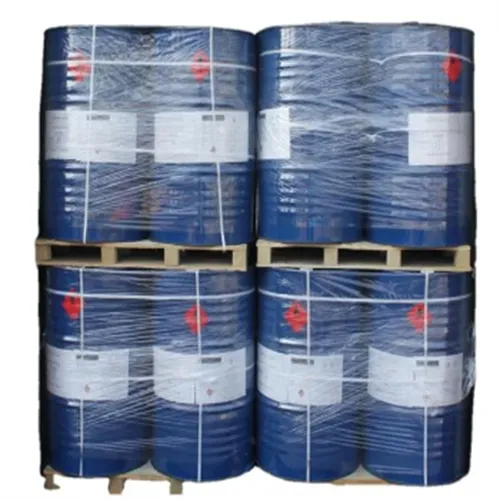Warning: Undefined array key "title" in /home/www/wwwroot/HTML/www.exportstart.com/wp-content/themes/1198/header.php on line 6
Warning: Undefined array key "file" in /home/www/wwwroot/HTML/www.exportstart.com/wp-content/themes/1198/header.php on line 7
Warning: Undefined array key "title" in /home/www/wwwroot/HTML/www.exportstart.com/wp-content/themes/1198/header.php on line 7
Warning: Undefined array key "title" in /home/www/wwwroot/HTML/www.exportstart.com/wp-content/themes/1198/header.php on line 7
- Afrikaans
- Albanian
- Amharic
- Arabic
- Armenian
- Azerbaijani
- Basque
- Belarusian
- Bengali
- Bosnian
- Bulgarian
- Catalan
- Cebuano
- China
- China (Taiwan)
- Corsican
- Croatian
- Czech
- Danish
- Dutch
- English
- Esperanto
- Estonian
- Finnish
- French
- Frisian
- Galician
- Georgian
- German
- Greek
- Gujarati
- Haitian Creole
- hausa
- hawaiian
- Hebrew
- Hindi
- Miao
- Hungarian
- Icelandic
- igbo
- Indonesian
- irish
- Italian
- Japanese
- Javanese
- Kannada
- kazakh
- Khmer
- Rwandese
- Korean
- Kurdish
- Kyrgyz
- Lao
- Latin
- Latvian
- Lithuanian
- Luxembourgish
- Macedonian
- Malgashi
- Malay
- Malayalam
- Maltese
- Maori
- Marathi
- Mongolian
- Myanmar
- Nepali
- Norwegian
- Norwegian
- Occitan
- Pashto
- Persian
- Polish
- Portuguese
- Punjabi
- Romanian
- Russian
- Samoan
- Scottish Gaelic
- Serbian
- Sesotho
- Shona
- Sindhi
- Sinhala
- Slovak
- Slovenian
- Somali
- Spanish
- Sundanese
- Swahili
- Swedish
- Tagalog
- Tajik
- Tamil
- Tatar
- Telugu
- Thai
- Turkish
- Turkmen
- Ukrainian
- Urdu
- Uighur
- Uzbek
- Vietnamese
- Welsh
- Bantu
- Yiddish
- Yoruba
- Zulu
სექ . 01, 2024 17:04 Back to list
Propylene Glycol Production Process - Sustainable Solutions for Industry
The Propylene Glycol Process An Overview
Propylene glycol, a synthetic organic compound with the chemical formula C3H8O2, is a versatile substance widely used in various industries due to its properties as a humectant, solvent, and emulsifier. This colorless and odorless liquid, often recognized as a safe and effective ingredient in food, pharmaceuticals, and personal care products, is primarily produced through the hydration of propylene oxide. This article outlines the process involved in the production of propylene glycol, highlighting its significance and applications.
The Propylene Glycol Process An Overview
Once propylene oxide is synthesized, it undergoes a hydration reaction to form propylene glycol. This process can occur via two primary methods non-catalytic and catalytic hydration. In non-catalytic hydration, propylene oxide is directly mixed with water and heated under high pressure. This method, while straightforward, may produce a mixture of propylene glycol and glycol ethers that require further separation.
propylene glycol process

On the other hand, catalytic hydration is the more common approach utilized in large-scale production due to its efficiency and yield optimization. In this technique, the reaction takes place in the presence of an acid or base catalyst, significantly increasing the reaction rate and producing a more refined product. The catalytic process can be carried out in either batch or continuous reactors, allowing for greater flexibility and control over the production parameters. Post-reaction, the mixture is processed to remove any unreacted propylene oxide, impurities, and residual catalyst, ensuring a high-purity propylene glycol product.
The significance of propylene glycol extends beyond its production process; it has diverse applications across numerous sectors. In the food industry, it serves as a food additive, helping maintain moisture and enhance sweetness in various products. The pharmaceutical sector utilizes propylene glycol as a solvent for medications and as an ingredient in topical formulations due to its low toxicity and ability to enhance skin penetration. Personal care products, such as shampoos, lotions, and deodorants, frequently feature propylene glycol for its hydration properties and effectiveness as a preservative.
Furthermore, its use is not limited to consumer goods; propylene glycol is also pivotal in the production of antifreeze and de-icing solutions, given its low freezing point and high boiling point characteristics. In addition, it is employed as a coolant in industrial applications, contributing to enhanced efficiency and system longevity.
In conclusion, the process of producing propylene glycol showcases a blend of chemical engineering and product utility. With its vast range of applications, propylene glycol remains an essential compound in modern industry, emphasizing the importance of efficient production processes and the ongoing developments in chemical manufacturing. As industries evolve and demand for safer, more effective ingredients increases, propylene glycol is likely to maintain its relevance in the global market.
Latest news
-
Certifications for Vegetarian and Xanthan Gum Vegetarian
NewsJun.17,2025
-
Sustainability Trends Reshaping the SLES N70 Market
NewsJun.17,2025
-
Propylene Glycol Use in Vaccines: Balancing Function and Perception
NewsJun.17,2025
-
Petroleum Jelly in Skincare: Balancing Benefits and Backlash
NewsJun.17,2025
-
Energy Price Volatility and Ripple Effect on Caprolactam Markets
NewsJun.17,2025
-
Spectroscopic Techniques for Adipic Acid Molecular Weight
NewsJun.17,2025

